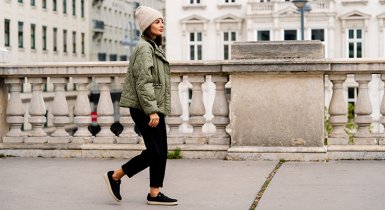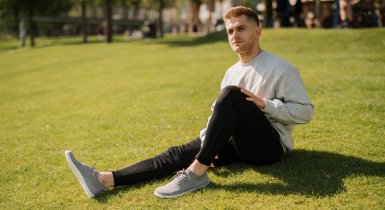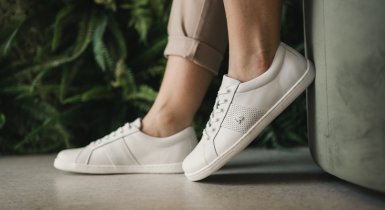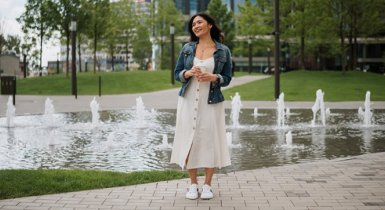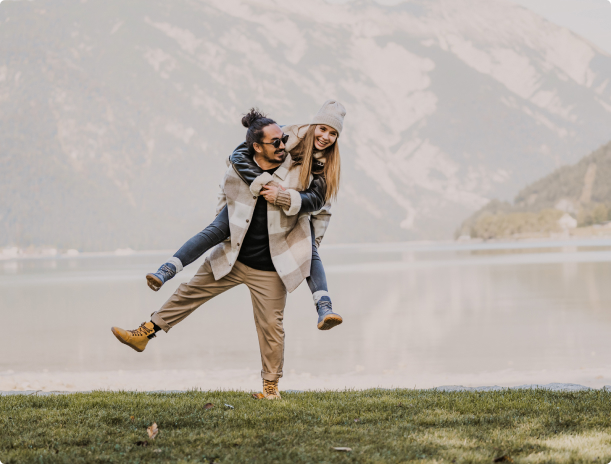Health and Comfort in Autumn: Will Barefoot Shoes Protect My Feet in Cold Weather?
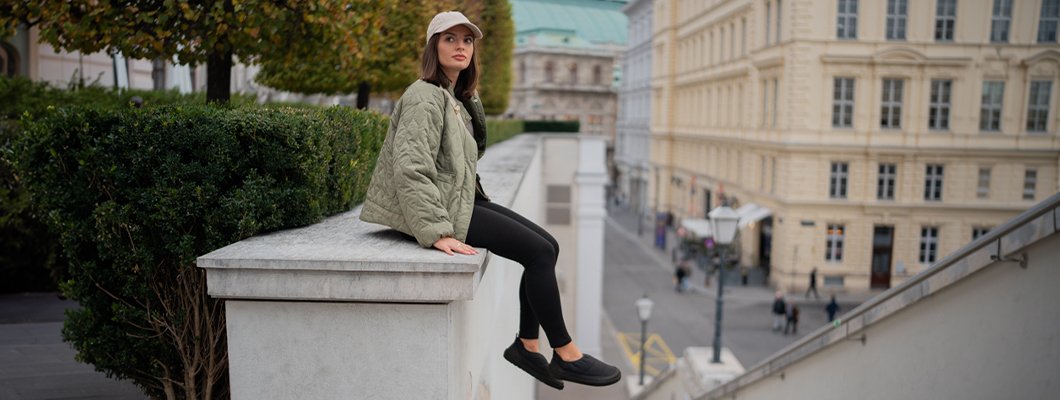
Many people worry their feet will get cold in barefoot shoes during colder weather. The opposite is true. In this article, you’ll learn how barefoot shoes can keep your feet warm and what to do if you still feel cold.
Table of contents
- Will My Feet Be Cold in Barefoot Shoes?
- How to Choose the Right Shoes for Autumn and Winter
- Barefoot Cold Hardening
Will My Feet Be Cold in Barefoot Shoes?
No, they won’t. The secret lies in the body's ability to regulate its own temperature. Barefoot shoes engage the entire foot while walking, as it is stimulated by the surfaces beneath. This helps improve blood circulation and enhances thermoregulation.

The shape of the shoe is also designed for warmth. In barefoot shoes, your toes can spread naturally, creating small air pockets that trap heat and act as insulation.
How to Choose the Right Shoes for Autumn and Winter
When choosing barefoot shoes for colder months, look for these features:
- Material: Leather is popular because it’s breathable, flexible, and moisture-resistant.
- Insulation: For autumn and spring, choose moderate insulation to avoid sweating. Ideal materials include fleece, Merino wool, or technical fabrics like Dermodry Coolmax® that divert moisture.
- Sole: Opt for a sole made of durable rubber with good grip, like those on our models, which improve stability on wet surfaces and offer additional thermal insulation with deeper tread.
- Membrane: A membrane diverts moisture from inside while blocking water from entering. Use the right impregnation products specifically for membrane shoes.
- Insole: Since insoles absorb the most moisture, choose ones made from cotton, terry cloth, fleece, Merino wool, or memory foam. For colder months, fleece or Merino wool insoles are ideal.
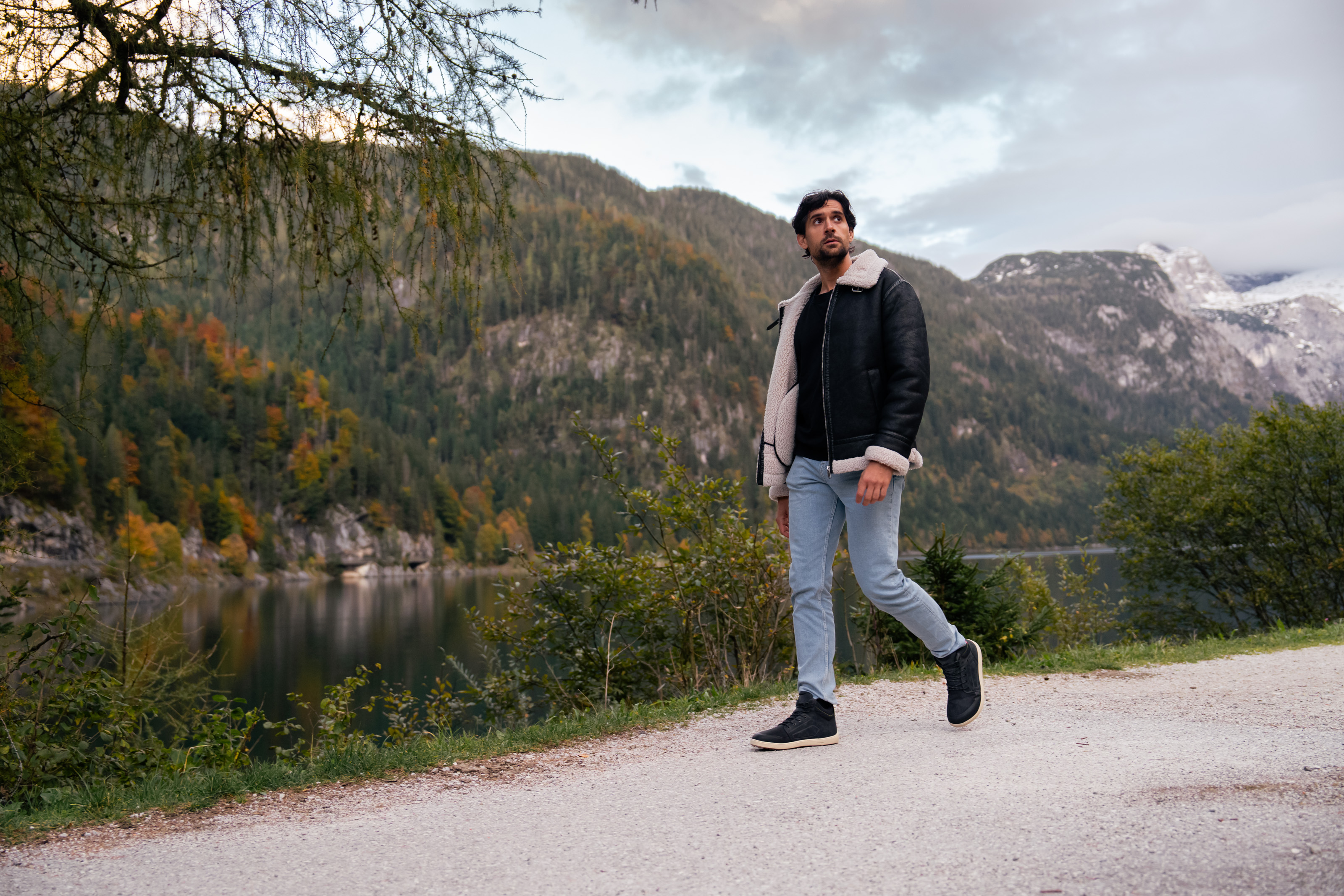
- Clean your shoes regularly, especially right after they get dirty.
- Use impregnation products suited to the shoe material.
- Remove the insoles after each use and let them dry.
- Store your shoes clean and well-maintained at the end of the season.
How to Care for Your Shoes in Autumn and Winter

Choose Quality Socks
Select socks made from bamboo, Merino wool, or cotton for moisture absorption and improved thermal comfort. If your feet still feel cold, layer thin functional socks under thicker wool ones.
Barefoot Cold Hardening
Barefoot Cold Hardening
Cold exposure is a popular way to strengthen the immune system. Start with cold showers focused on your feet and ankles, alternate hot and cold foot baths to improve circulation, or try quick barefoot walks in snow, dew, or mountain streams.
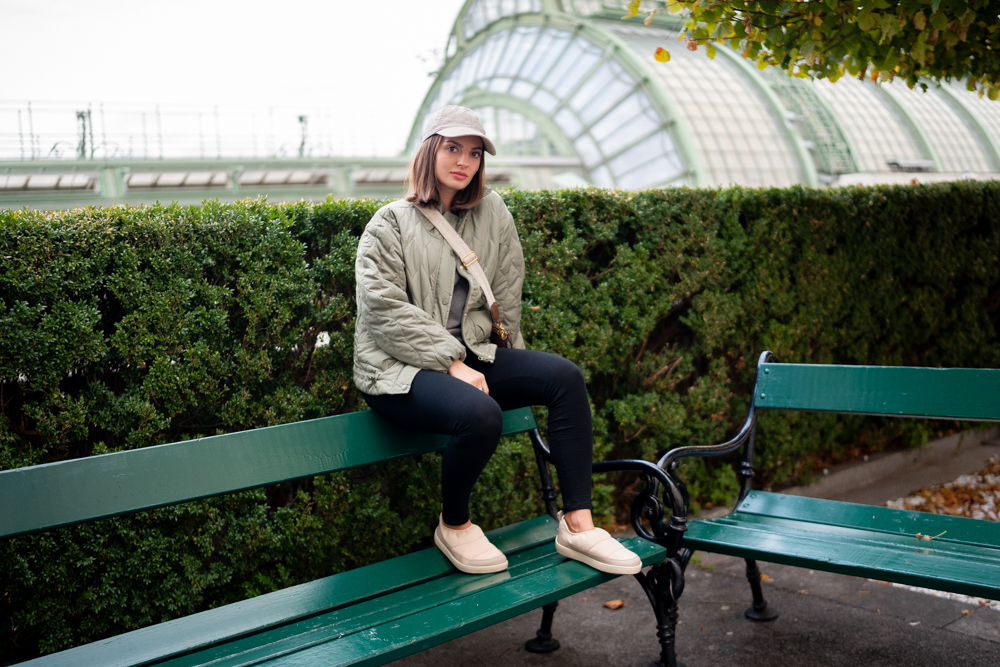
Staying Warm and Comfortable
Be Lenka and Barebarics offer a variety of designs with different insulation options, perfect for autumn. Transitioning to barefoot shoes during this season can be your key to both warmth and comfort.

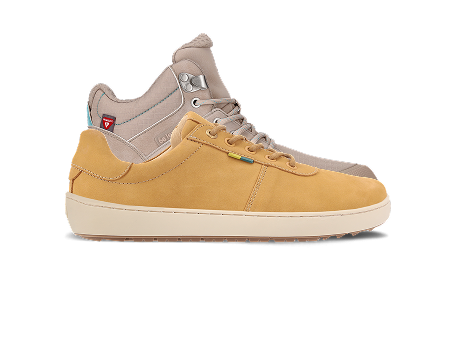
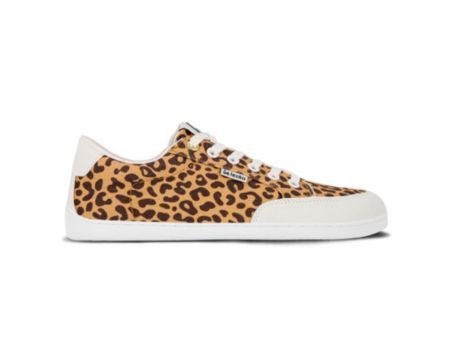

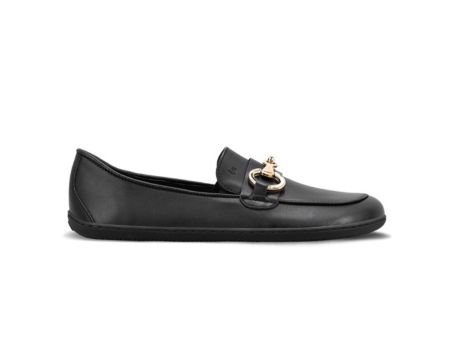
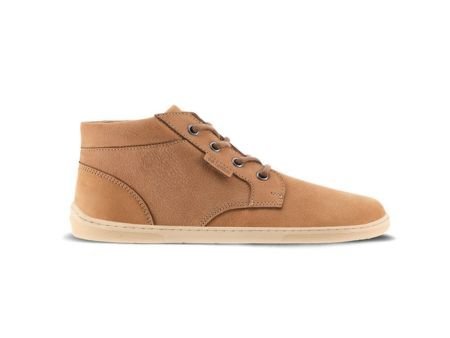
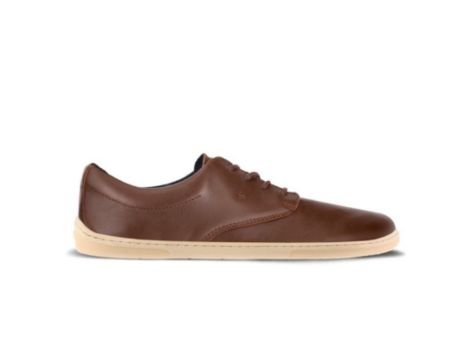

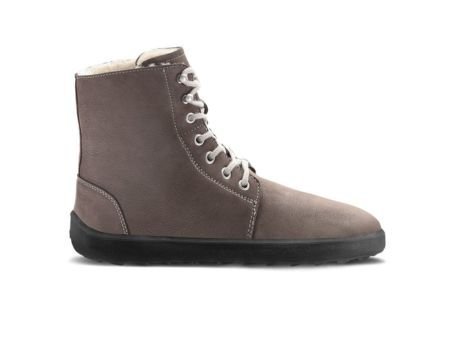
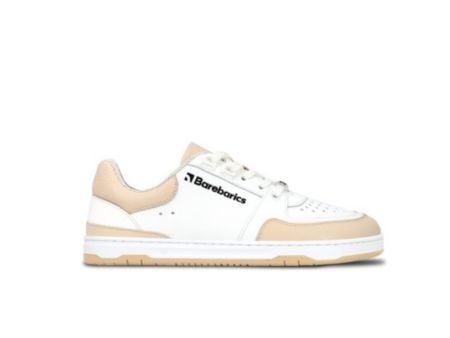
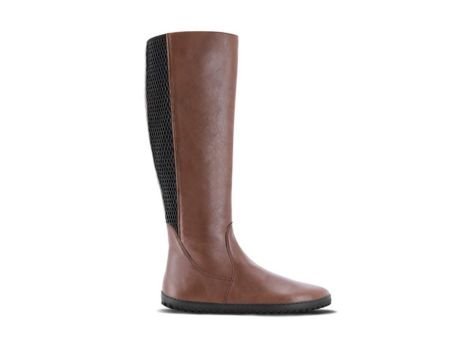
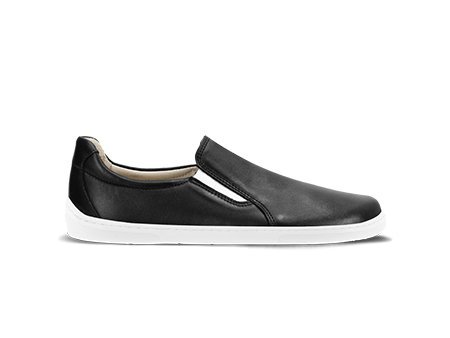

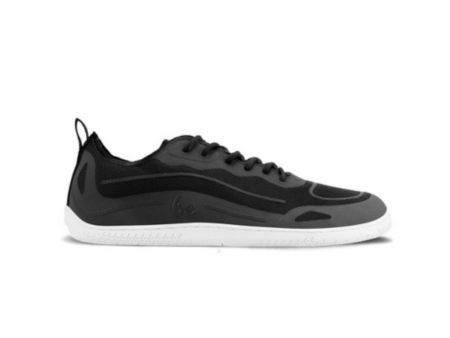
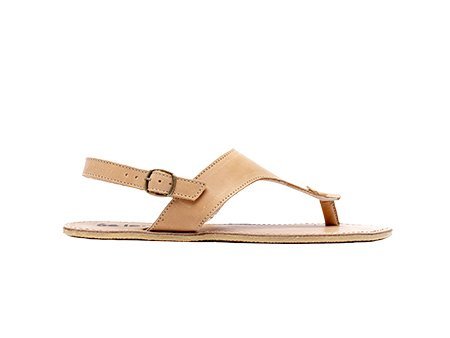
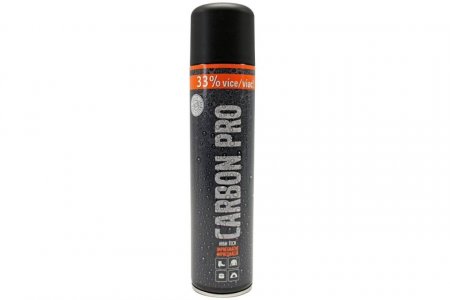

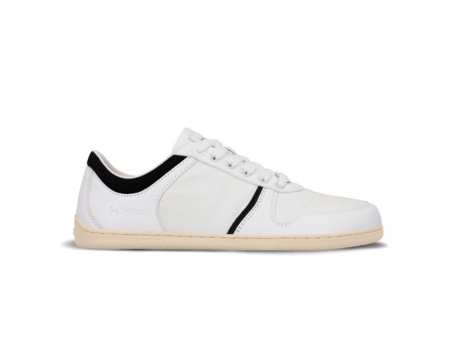
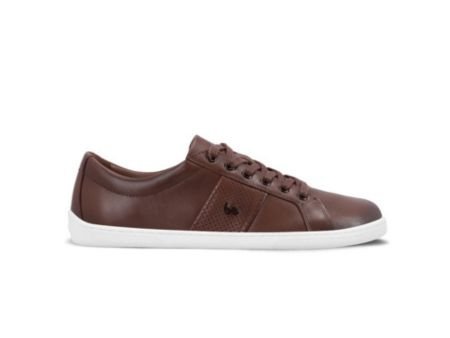

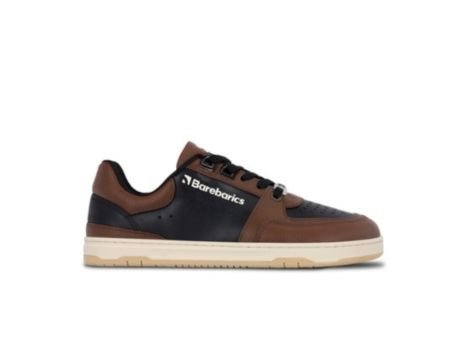

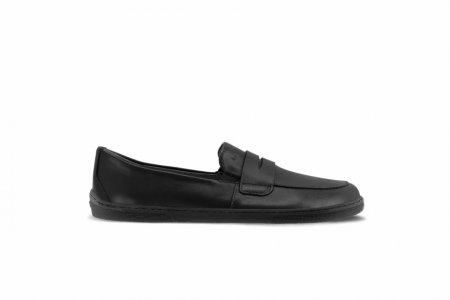
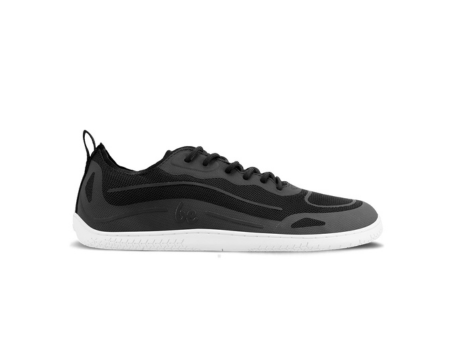

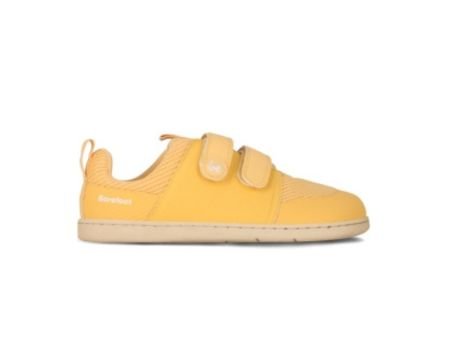

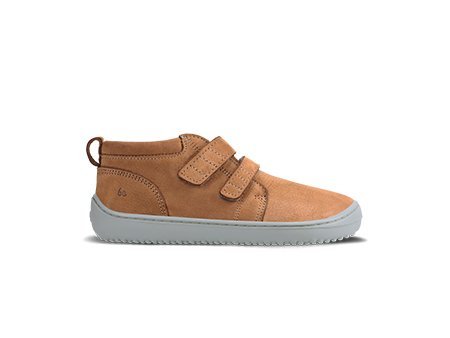
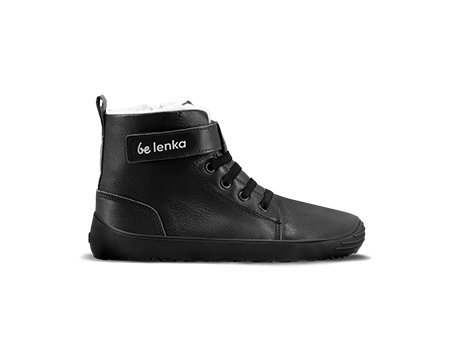


 Be Lenka
Be Lenka
